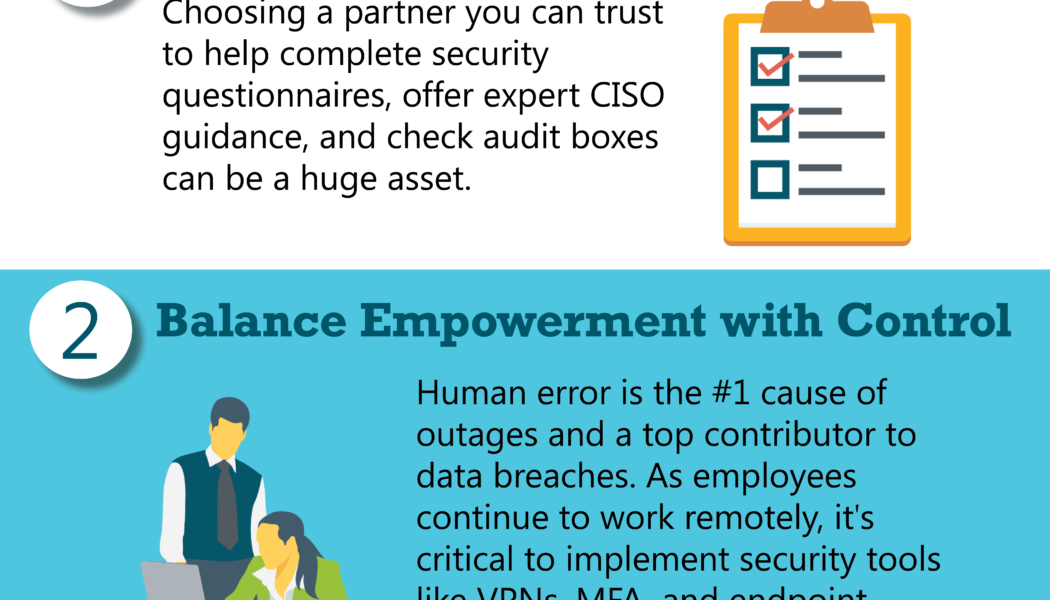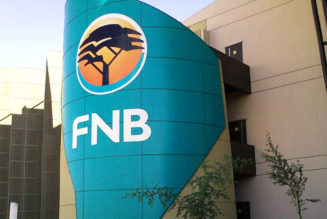Software-as-a-Service (SaaS) provides organisations with enterprise-level scalability and a rich environment via a cost-effective model, allowing smaller businesses access to technology that typically used to be bespoke for enterprise customers.
While SaaS was initially designed to service the Small and Medium Business (SMB) market, it has subsequently evolved to a point where large enterprises are seeing the value of this model. The fact that the model lends itself to scale up or down means that organisations of all sizes can benefit from SaaS or Backup-as-a-Service (BaaS).
Reprioritise Technology Resources
The main benefit of adopting SaaS or BaaS is that companies typically gain on economies of scale, while the cost to entry is lower than an outright purchase. It also eliminates the need for smaller companies to obtain resources to install and maintain the technology.
SaaS and BaaS solutions are particularly suited to organisations that are looking to lower their overheads and want to reprioritise their technology resources to help grow the business.
SaaS and BaaS solutions are based on an Operating Expense (Opex) rather than a Capital Expense (Capex) model, meaning that no upfront payments are required and solutions are consumed as a service. This allows organisations to simply pay for what they consume and gives them the ability to scale the solution up or down as required.
Comfortable with Capex
However, there are businesses that prefer to operate the Capex model with some pushback among customers in South Africa against the Opex approach. This is because some organisations – specifically in the government space – are more comfortable with purchasing and physically seeing the hardware and software solutions that they have paid for.
Some enterprises also prefer to adopt the Capex approach as it allows them to forecast and procure resources in time to coincide with subscription cycles. Then there are others that want to hedge against currency fluctuations to ensure that their costs remain predictable.
In some cases, organisations adopt a mixed model, which entails running perpetual models where they own the hardware and software, but also have agreements with the hyperscalers to run SaaS solutions for their critical workloads.
This trend emerged strongly during the recent lockdown that saw companies – especially in the financial and retail industries – struggle to gain physical access to their data centres to address possible problems. The as a service approach gave these companies a 24/7 always-on capability, which makes maintenance a lot easier than with a traditional data centre model.
While SaaS is generally considered a good fit for any type or size of organisation, BaaS is particularly suited to mid-size corporates, especially those moving to an Office 365 platform. Those businesses typically do not want to manage and support this platform on their own, but still need to ensure that their data is protected.
Legacy Systems
However, it is important to give some consideration to how SaaS or BaaS integrate with legacy infrastructure. In countries such as South Africa, there are many organisations that still like to sweat their traditional environments. Those companies need to ensure that their as-a-service platforms provide open Application Programming Interfaces (APIs) that allow for the integration of legacy systems to a more modern SaaS platform.
This approach allows organisations to continue operating with modernised systems, rather than trying to maintain two different platforms. Trying to maintain a legacy platform while moving onto a new one is an additional overhead cost that companies don’t need. The key is to ensure interoperability by having APIs that can plug into the relevant technology to make the migration smoother.
SaaS is not a new solution, but it has evolved significantly over time. The establishment of Microsoft Azure data centres in South Africa has fast-tracked the adoption of SaaS by local businesses. This is enabling these companies to be more agile by giving them access to technology that was traditionally out of reach.











